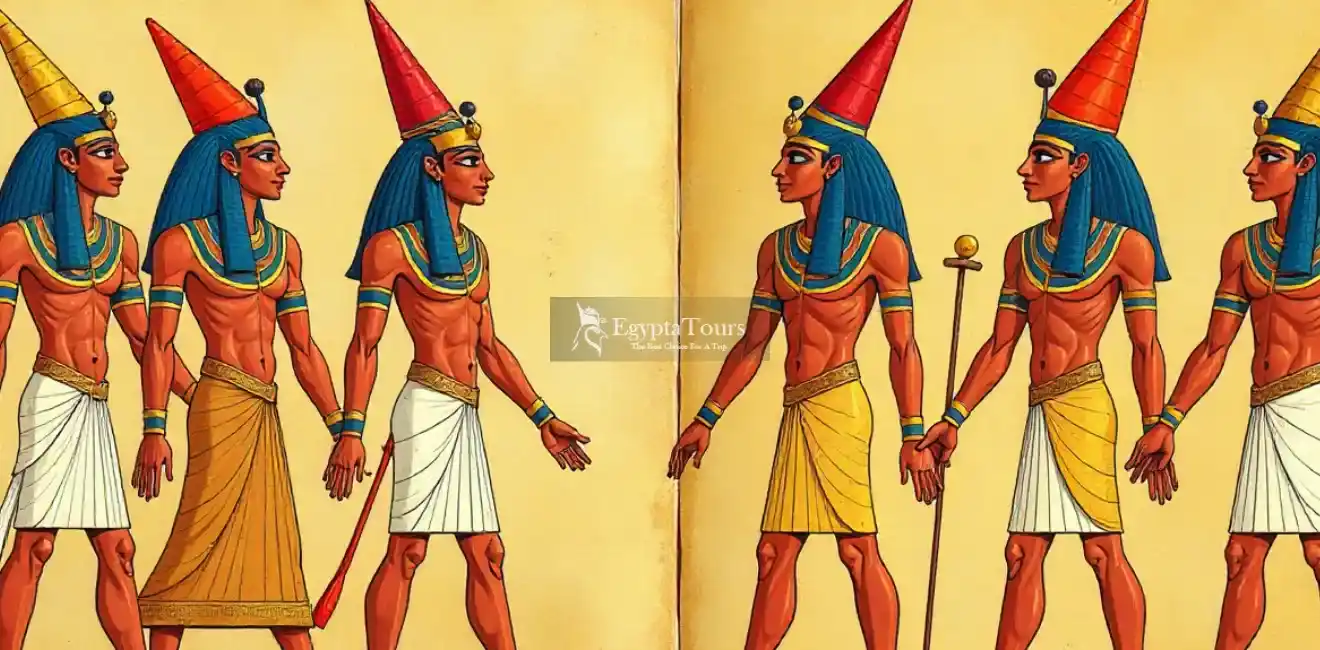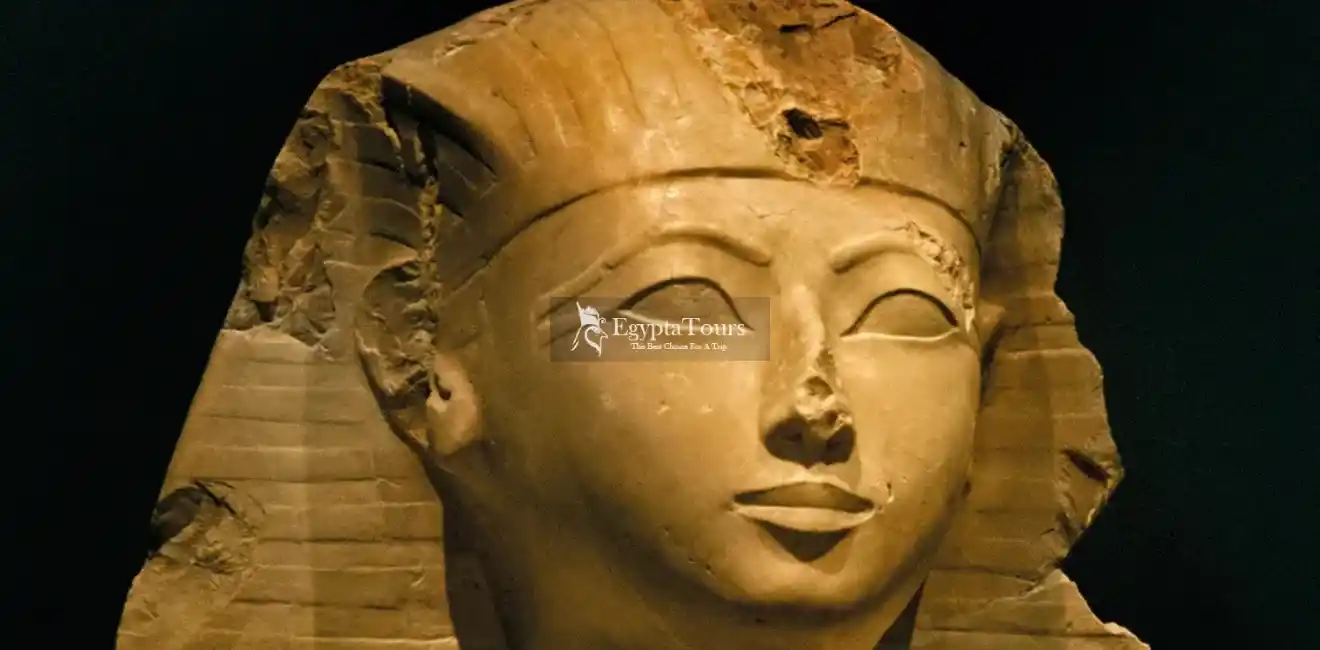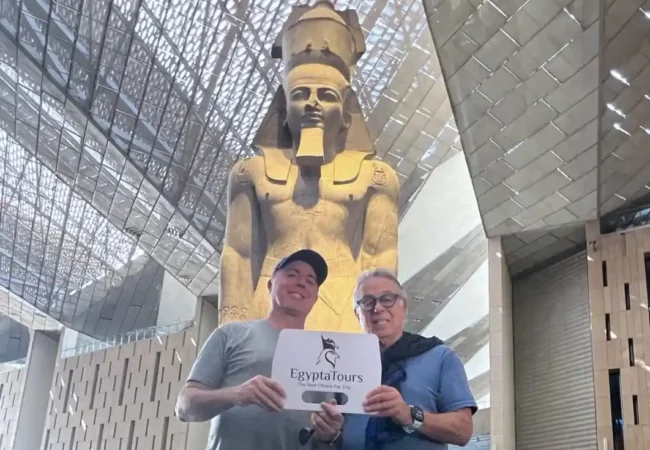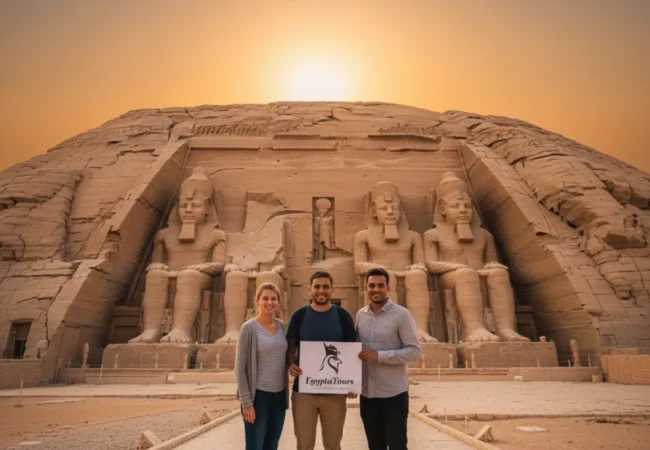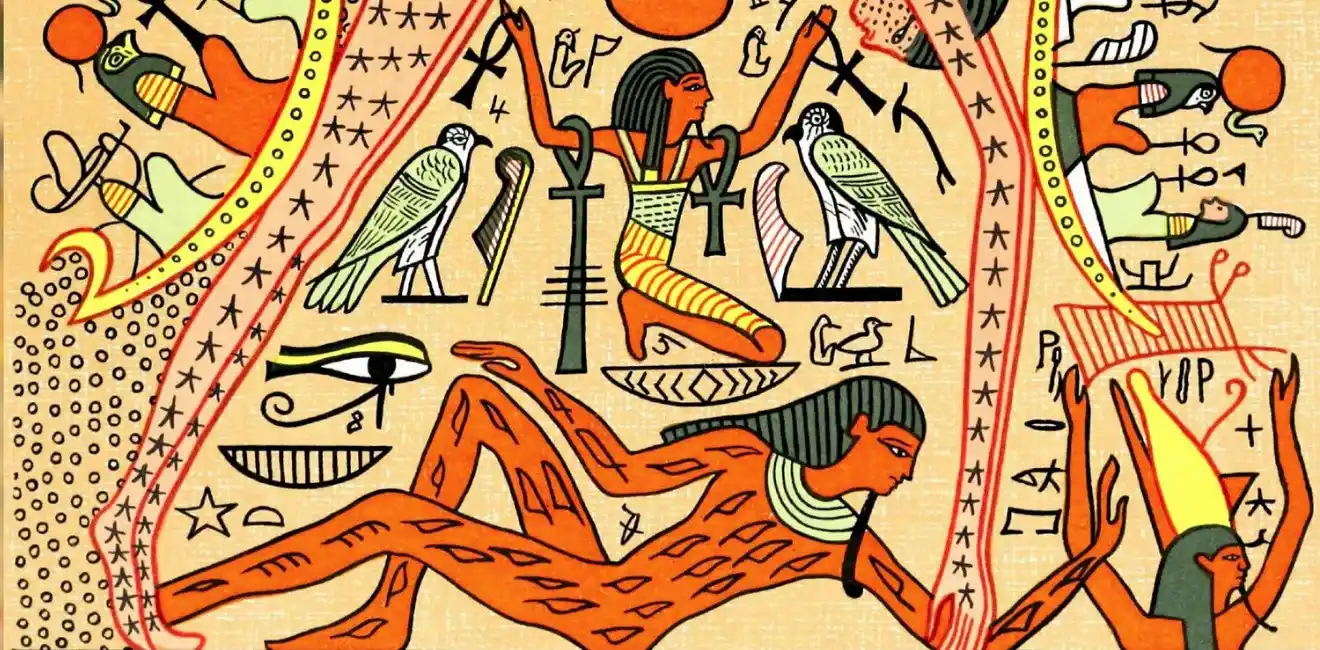
Ancient Egyptian Politics
Ancient Egyptian politics was known for complete control and commitment, which helped shape the ancient Egyptian civilization through a network of administrative and religious systems to implement, enact, and oversee laws in order to preserve the country’s social and economic ties.
The structure of the government within Ancient Egyptian politics was the basis of its prosperity. It was in a hierarchical pyramid form, organized from the top down. The king of Egypt, the Pharaoh, was at the throne on the summit as the ruler of political and religious authority, followed by a group of ministers, priests, scribes, and provincial governors who shared in building the government structure and organizing the political life of the country.
Ancient Egyptian politics: Power Amidst the Pyramids
The pyramids in ancient Egypt express the extent of sanctification of the monarchy and the strength of the central policy at that time. The pyramids were not just royal tombs but were an eternal memory for the king to document his rule over the land and everything on it.
The actual shape of the pyramid helped to build the hierarchical structure of social and political life in Egypt, where the poor class represented the workforce for building the pyramid, and the rich class took on the tasks of supervising it.
The Political Structure in Ancient Egypt: The Pyramid of Power
The political structure in ancient Egypt was represented by a stepped pyramid consisting of several layers:
- The Summit: The Pharaoh at the top of the pyramid as a divine ruler with absolute authority.
- The Second Layer: The ministers who acted on behalf of the king in ruling the country and supervising the provinces.
- The Third Layer: The priests who were in charge of religious matters and worship rituals.
- The Fourth Layer: The provincial governors who were in charge of supervising local administration in the provinces.
- The Last Layer: The common people, which included merchants, craftsmen, and farmers.
The Political System in Ancient Egypt: The Pharaoh’s Domain
The Pharaoh was the physical symbol embodying absolute politics and the divine will in ruling the country. According to the religious beliefs of the ancient Egyptians, he was a clear embodiment of the Egyptian gods on earth, such as the god Horus and Ra. This gave him absolute legitimacy in making laws, military leadership, directing economic and commercial activities, and supervising religious tasks, so his obedience was a religious and political duty.
Administration in Ancient Egypt: The Pillars of Rule
The administration of the pillars of political rule in ancient Egypt was formed through two basic authorities:
- The first is executive: represented by the king to inspect the state’s affairs, the minister to deputize for the king in some tasks, and the provincial governors to supervise administrative tasks in ruling the provinces.
- The second is judicial: divided into central and local courts to handle the affairs of judges and judgment in the country.
Ancient Egyptian Government Officials: Guardians of the Kingdom
Ancient Egyptian government officials were the basis for implementing Ancient Egyptian politics by supervising administrative, economic, and religious matters. Therefore, they were the guardians of the kingdom, and they are as follows:
- Ministers and Priests: Supervising the financial and religious tasks of the country.
- Provincial Governors: Supervising the affairs of the province.
- Scribes and Employees: Recording and documenting daily life affairs.
The Art of Rule Amidst Monuments: The Legacy of Governance
Pharaonic inscriptions and monuments helped in political propaganda by strengthening the Pharaoh’s authority and promoting the art of architecture, such as highlighting the art of Pharaonic architecture like the Giza pyramids. Also, through images and inscriptions on temple walls depicting the Pharaoh striking enemies, leading wars, or offering sacrifices to the gods, to consolidate his legitimacy in ruling the country.
Adapting to the Ages: The Evolution of Governance
The stages of Ancient Egyptian politics changed based on sudden crises or to establish legitimacy.
The most important of these stages are:
- Forming a regular army to restore central authority in the Middle Kingdom era.
- Consolidating the financial administrations of the population in the Old Kingdom era.
- Paying attention to religious authority to enhance the king’s legitimacy in the New Kingdom era.
Connecting the Past to the Present: Lessons from the Rule of the Nile
The political system in ancient Egypt helped to lay the foundations for many subsequent civilizations, which also serve as lessons to be learned from today, most notably:
- Central power in ruling states.
- Administrative practices and the application of government standards.
- Architectural construction as a tool for political promotion.
- Linking religion to politics to establish legitimacy.
Foreign Policy and Relations with Neighboring Kingdoms
Foreign policy in ancient Egypt was based on strengthening diplomatic relations with neighboring kingdoms through:
- Treaties: Such as the peace treaty signed between King Ramses II and the Hittites.
- Trade Networks: To export and import resources necessary for construction.
- Marital Relations: As a way of strengthening the relationship between the two countries, such as the marriage of Amenhotep III to a Mitanni princess. Thus, foreign relations played a general strength in securing Ancient Egyptian politics.
The Army as a Tool for Protection and Control
The army was a strong protection tool to maintain Ancient Egyptian politics and internal stability. The Egyptian authority during the Middle Kingdom formed the first regular army under central control, used to defend the country and lead military campaigns to expand the Egyptian Empire. It also contributed to the economic wealth of Egypt through trade and tribute.
Internal Conflicts and Coup Attempts
Ancient Egyptian politics varied between periods of strength and weakness despite the strength of its structural framework. This was due to internal and external factors that were a cause of the weakening of central power, such as the independence of provincial governors, economic challenges, foreign invasion, or even internal conflicts over power that caused weak transitional periods for the ancient Egyptian state.
The Relationship Between Religion and Politics in Pharaonic Rule
A strong link combined politics and religion in ancient Egypt, through which the structure of rule was formed and gave authority to the Pharaoh as a political and religious ruler. The priests had a strong influence in political affairs, like the priests of the god Amun, while religious temples showed their role in influencing the administrative and economic affairs of the country by employing labor and owning vast lands for religious rule.
The Role of Royal Women in Influencing Political Decisions
Royal women played a major role in Egyptian political rule in ancient times. There were queen regnants like Queen Hatshepsut, who ruled Egypt for 17 years, her reign characterized by political stability and economic prosperity. Royal women also played a role in diplomatic and divine mediation, like the wife of Amenhotep III and the God’s Wife of Amun. Thus, women played a strong role in the political and religious stability of the country.
Conclusion
Ancient Egyptian politics was one of the foundations for building the ancient Egyptian civilization, and indeed the most important. This was due to its complete control over the affairs of Egyptian life and its connection to other religious, social, and administrative aspects, as well as foreign relations. As a result of these factors, it established a strong policy and government that lasted for several centuries.
FAQs
What was Egypt’s politics like?
Ancient Egyptian politics was a central authority headed by the Pharaoh as the political and religious ruler of the country.
What are the three types of government officials in ancient Egypt?
Government officials in Egypt were represented by ministers and priests, provincial governors, and scribes and employees.
Who was the political leader of ancient Egypt?
The Pharaoh was the political leader in ancient Egypt due to his absolute military and religious authority in ruling the country.
What was the ancient Egyptian government characterized as?
The Egyptian government was in the form of a pyramid in which responsibilities and tasks were graded, starting from the king, the ruler of the country and the god of the Egyptians, then to the ministers, provincial governors, and then the administrators.
What was the political life of ancient Egypt?
Ancient Egyptian politics was prosperous thanks to its good administration and its organization of work, from the Pharaoh down to the administrative officials. Also, its link to religion helped to establish it among the common people.
What type of government ruled ancient Egypt?
The government in the Egyptian civilization was an inherited monarchy for the complete control of administrative, social, and also religious affairs.








